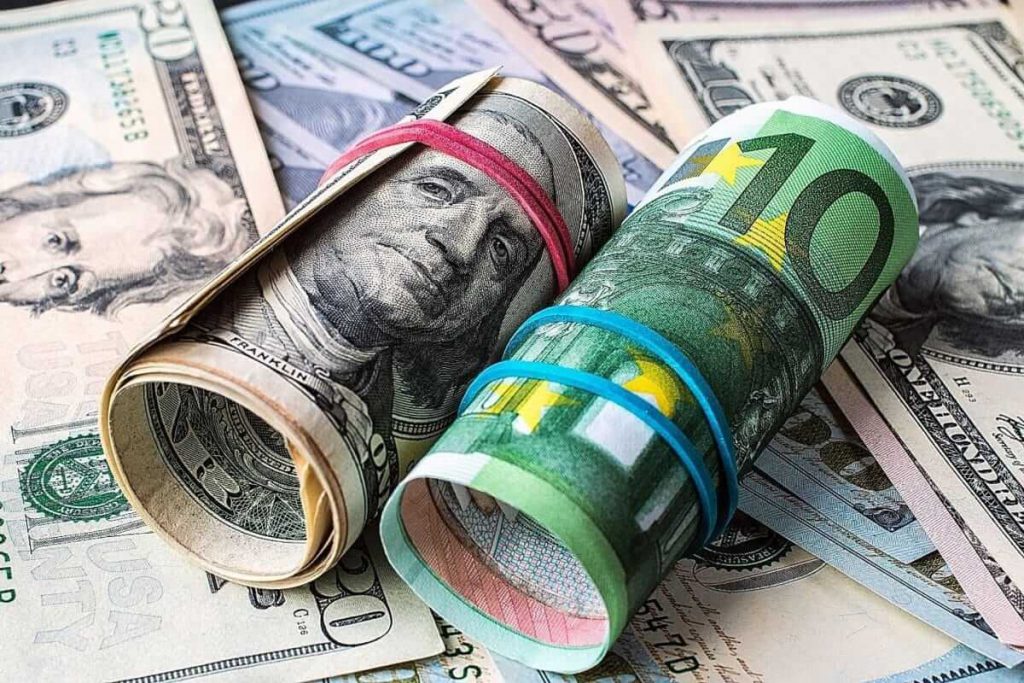
EUR/USD pair has wavered amid mixed data from the Eurozone
The EUR/USD pair has fluctuated, trending downwards overall, amid mixed data from the Eurozone and increasing U.S. Treasury yields.
Remarkably, on Friday’s session, the EUR/USD pair is trading about the $1.1845 mark, down from this morning’s opening level of nearly $1.187.
The euro has wavered today as some positive Eurozone data was offset by a sharper-than-anticipated decline in German economic sentiment.
The currency initially benefitted from Germany’s industrial production figures this morning. Notably, German industrial output increased by 1% in July – beating predictions of a 0.9% surge – its first rise since March this year.
German industry has been struggling amid global supply chain disruption led by the rapid economic rebound and a sharp increase in demand. Remarkably, Germany’s production woes have weighed heavily on the euro.
However, this rise shows that the German industrial sector is now recovering.
Moreover, the euro is supported today by upward revisions to the Eurozone’s employment change and GDP growth rates. Remarkably, both of them beat economists’ forecasts. The employment change report printed at 0.7%, and the GDP growth rate came in at 2.2%.
But this upbeat outlook is offset by Germany’s latest ZEW economic sentiment indexes and the wider Eurozone. In the Euro area, the gauge sank from 42.7 to 31.1, the worst reading since April 2020. However, it is above expectations.
The U.S.10-year Treasury note started soared from 1.34% to 1.37%.
Germany’s reading came below estimates, coming in at 26.5 to reach its lowest level since the COVID-19 pandemic hit Europe in March 2020.
Additionally, the euro has fluctuated against the dollar, losing ground overall.
Meanwhile, the U.S. Dollar (USD) manages to gain ground today amid surging U.S. Treasury yields.
The U.S. 10-year Treasury note started increasing sharply in the early hours of this morning, soaring from 1.34% to 1.37%.
This rise in U.S. yields supports the greenback to recover from its decline following the disappointing non-farm payrolls miss last week. Remarkably, it sent the dollar to a one-month low versus the euro.
Remarkably, investors are focusing on when the Fed will start winding down its pandemic-era monetary stimulus, which could be as early as November.
These factors are allowing the greenback to gain the upper hand against the euro so far today.
According to analysts, the U.S. currency may continue its recovery. Furthermore, they announced that any surprise results could trigger movement in EUR/USD.


